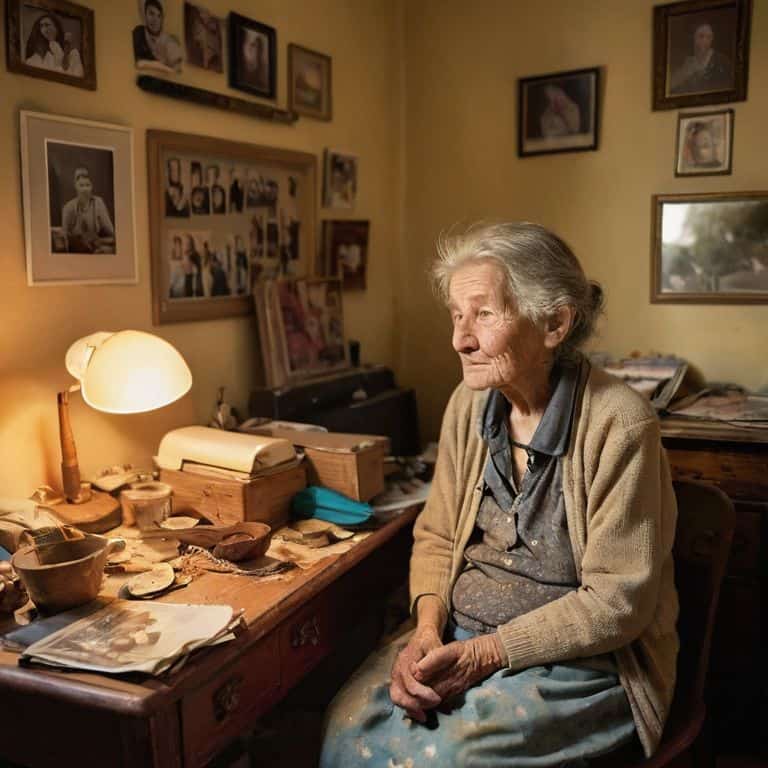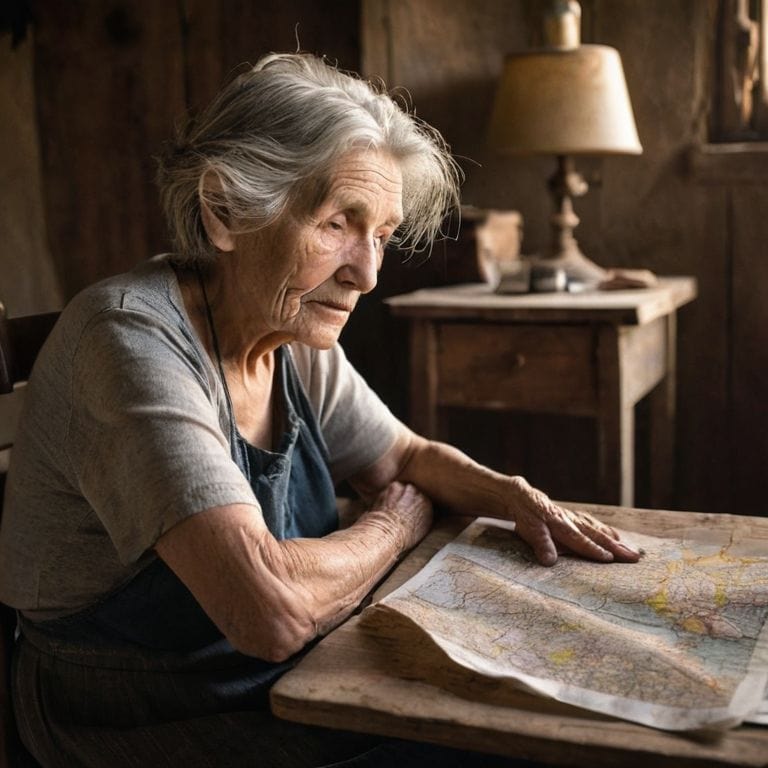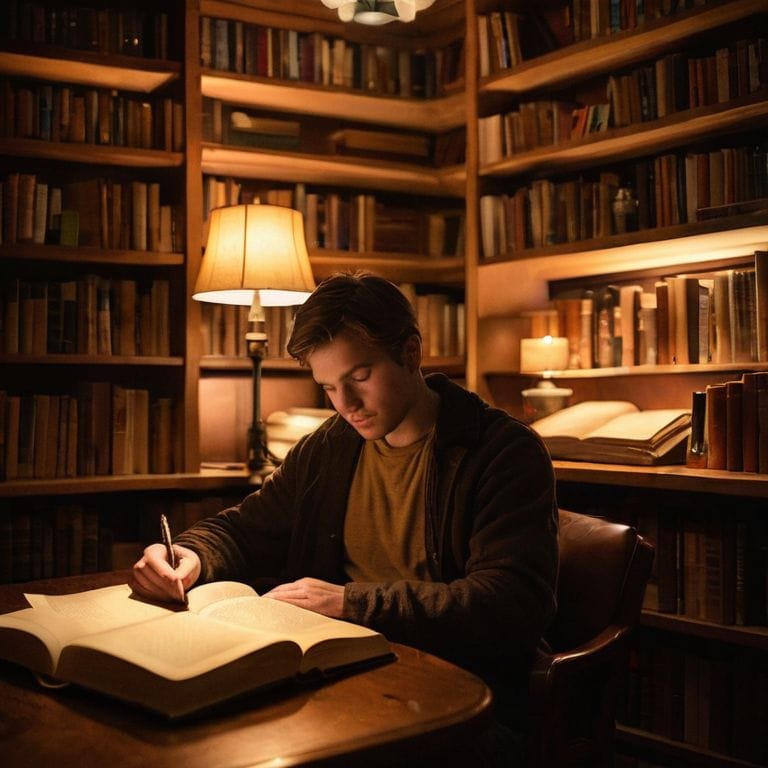I still remember the first time I picked up a camera, feeling an insatiable urge to capture the beauty in the broken places. As I delved deeper into the world of photography, I began to realize that the art of storytelling wasn’t just about snapping pictures, but about conveying the essence of the human experience. However, I soon found myself frustrated with the plethora of generic advice on storytelling, which often seemed to focus more on technicalities than on the emotional core of the story.
As someone who’s spent years honing their craft, I want to assure you that my approach to the art of storytelling is rooted in real-world experience, not in theoretical jargon or clichéd formulas. In the following pages, I’ll be sharing my own struggles and successes, as well as the lessons I’ve learned from my journey as a documentary photographer and storyteller. My goal is to provide you with honest, hype-free advice that will help you tap into the raw, unbridled power of your own stories, and to inspire you to see the world in a new, unvarnished light.
Table of Contents
- Cracking the Art of Storytelling
- Beyond the Facade of the Art of Storytelling
- Overcoming Writers Block With Authentic Character
- Weaving Cultural Influences Into Business Narratives
- Unveiling the Cracks: 5 Unconventional Tips to Revitalize Your Storytelling
- Embracing the Cracks: 3 Key Takeaways on the Art of Storytelling
- Unveiling the Unbridled Truth
- Embracing the Beauty of Imperfect Storytelling
- Frequently Asked Questions
Cracking the Art of Storytelling

As I reflect on my journey as a documentary photographer, I’ve come to realize that building emotional connections with my subjects is crucial in creating narratives that resonate deeply. It’s not just about capturing a moment, but about understanding the complexities and nuances of the human experience. I’ve found that by immersing myself in the stories of others, I’m able to tap into their struggles and triumphs, and convey them in a way that feels authentic and relatable.
Through my work, I’ve learned to appreciate the power of cultural influences on narrative, and how they can shape our perceptions and understanding of the world. By embracing these differences, I’ve been able to craft stories that are not only unique but also effective in conveying the human condition. It’s a delicate balance between capturing the essence of a culture and avoiding stereotypes, but one that’s essential in creating a rich and immersive narrative.
In my experience, overcoming the challenges of narrative structure techniques has been a key part of my growth as a storyteller. It’s easy to get caught up in the idea of creating a perfect, linear story, but I’ve found that it’s often the imperfections and unexpected twists that make a narrative truly compelling. By embracing these imperfections, I’ve been able to create stories that feel more raw and honest, and that ultimately resonate with my audience on a deeper level.
Building Emotional Connections Through Dialogue
As I delve into the world of storytelling, I’ve come to realize that authentic dialogue is the backbone of any compelling narrative. It’s the spark that sets the story ablaze, making characters feel more real and relatable. I think back to my own experiences, restoring old motorcycles and listening to the tales of those who’ve ridden them for years – their stories, etched on their faces, are a testament to the power of genuine conversation.
When done right, emotional resonance can be achieved through the simplest of exchanges, making the audience feel invested in the characters’ journeys. I recall a particular photo shoot, where a single, unscripted moment between two subjects spoke volumes about their relationship, and it’s moments like those that remind me of the importance of capturing the unguarded, the unpolished, and the utterly human.
Narrative Structure Techniques Exposed
As I reflect on my journey as a documentary photographer, I’ve come to realize that narrative structure is the backbone of any compelling story. It’s the framework that holds our tales together, giving them meaning and depth. I’ve seen it time and time again – a strong narrative structure can elevate even the most mundane story into something extraordinary.
In my experience, layered storytelling is a powerful technique for adding complexity and nuance to our narratives. By weaving together multiple threads and perspectives, we can create rich, immersive stories that draw our audience in and refuse to let go. This approach requires patience, attention to detail, and a willingness to experiment and take risks.
Beyond the Facade of the Art of Storytelling

As I reflect on my journey as a documentary photographer, I’ve come to realize that building emotional connections with my subjects is crucial to crafting stories that resonate. It’s not just about capturing a moment, but about understanding the complexities and nuances of the human experience. I’ve found that authentic character development is key to creating narratives that feel raw and unbridled. By embracing the imperfections and quirks of my subjects, I’m able to tell stories that feel more real, more relatable.
Through my work, I’ve learned to appreciate the power of effective dialogue writing in conveying the emotional depth of a story. It’s not just about recording words, but about capturing the tone, the pauses, and the silences that speak volumes about a person’s character. By using narrative structure techniques that feel organic and intuitive, I’m able to create a sense of flow and tension that draws the viewer in.
As I continue to explore the world of storytelling, I’m reminded that cultural influences on narrative can be a powerful tool for adding depth and context to a story. By embracing the diversity of human experience, I’m able to create stories that feel more nuanced, more multifaceted, and more reflective of the world we live in. Through my photography and storytelling, I hope to inspire others to look beyond the facade and uncover the raw, unbridled power of their own stories.
Overcoming Writers Block With Authentic Character
As I sit here, staring at a blank page, I’m reminded that writer’s block is just a symptom of a deeper issue – a disconnection from the story itself. It’s easy to get caught up in trying to craft the perfect narrative, but when we focus too much on technique, we can lose sight of what truly matters: the characters that drive the story forward.
I’ve found that the key to overcoming this creative hurdle is to focus on authentic character development. By diving deeper into the complexities and flaws of my characters, I’m able to tap into their unique voices and perspectives, and the story begins to unfold naturally.
Weaving Cultural Influences Into Business Narratives
As I reflect on my experiences as a documentary photographer, I’ve come to realize that cultural context plays a significant role in shaping the stories we tell. Whether I’m capturing the vibrant streets of a foreign city or the rugged landscapes of my hometown, the cultural influences surrounding me always seem to seep into my work.
In business narratives, authentic representation is crucial for building trust and credibility with your audience. By weaving in cultural influences, you can add depth and nuance to your stories, making them more relatable and engaging.
Unveiling the Cracks: 5 Unconventional Tips to Revitalize Your Storytelling
- Embracing the Beauty of Imperfection: Allow your stories to be flawed, just like you are, and find the unique voice that resonates with the imperfections of your audience
- Beyond the Surface Level: Dive into the depths of human emotion by exploring the complexities and ambiguities that make us who we are, and craft narratives that reflect this messy reality
- The Power of Vulnerability: Share your own struggles and fears, and encourage your characters to do the same, because it’s in these moments of vulnerability that true connection is born
- Finding Inspiration in the Broken Places: Seek out the stories that nobody else wants to tell, the ones that are hidden in the shadows, and bring them to light with compassion and honesty
- Listening to the Silence: Sometimes, the most powerful stories are the ones that are unspoken, so learn to listen to the silence, to the pauses between the words, and to the unuttered emotions that speak louder than any dialogue
Embracing the Cracks: 3 Key Takeaways on the Art of Storytelling
I’ve learned that the most powerful stories are not those that gloss over our imperfections, but those that dive headfirst into the darkest, most vulnerable corners of our humanity
The art of storytelling is not just about mastering narrative structure or crafting compelling dialogue, but about embracing the beauty of our imperfections and the power of our collective struggles
By shedding the facade of polished, formulaic storytelling and instead opting for a more raw, unbridled approach, we can create stories that truly resonate with others, that cut deep, and that inspire us to confront our own vulnerabilities and imperfections
Unveiling the Unbridled Truth
The art of storytelling isn’t about weaving a flawless tapestry, but about embracing the frayed edges and the torn seams – for it’s in those imperfections that we find the authentic, the raw, and the unforgettable.
Rowan Croft
Embracing the Beauty of Imperfect Storytelling

As I reflect on our journey through the art of storytelling, I’m reminded that the most powerful stories are those that emerge from the cracks, where our imperfections and struggles reside. We’ve explored the importance of narrative structure, building emotional connections through dialogue, and overcoming writer’s block with authentic character. We’ve also delved into the value of weaving cultural influences into our business narratives, and how this can lead to more nuanced and relatable storytelling. By embracing these elements, we can create stories that are raw, unbridled, and honest, stories that cut deep and resonate with our audience.
So, as we conclude this exploration of the art of storytelling, I want to leave you with a final thought: the true power of storytelling lies not in its ability to perfectionistically craft a narrative, but in its capacity to reveal our shared humanity. It’s in the imperfections, the struggles, and the beauty of the broken places that we find the most compelling stories, and it’s there that we can discover our own unique voice and perspective. By embracing this imperfect, beautiful art form, we can create stories that inspire, that heal, and that ultimately connect us all.
Frequently Asked Questions
How can I craft a narrative that balances vulnerability with resilience, allowing my audience to connect with my story on a deeper level?
For me, it’s about embracing the cracks, not just the highlights. I share my own struggles, my darkest moments, and how I’ve emerged scarred but stronger. That’s where true connection happens – in the vulnerable, resilient space where our stories intersect, and our audiences see themselves reflected back.
What role does personal experience play in shaping the authenticity of a story, and how can I effectively tap into my own experiences to create compelling narratives?
For me, personal experience is the spark that sets a story ablaze. It’s the scars, the struggles, and the triumphs that make a narrative authentic. To tap into your own experiences, look to your darkest moments, your greatest fears, and your most hard-won victories – that’s where the real storytelling gold lies.
In what ways can the art of storytelling be used to challenge societal norms and spark meaningful conversations, rather than simply reinforcing familiar tropes and expectations?
For me, storytelling is about holding up a mirror to the world’s imperfections, not just reflecting its polished surface. By sharing our authentic, flawed narratives, we can challenge the status quo and ignite conversations that cut through the noise, revealing the complexities and nuances that make us human.
